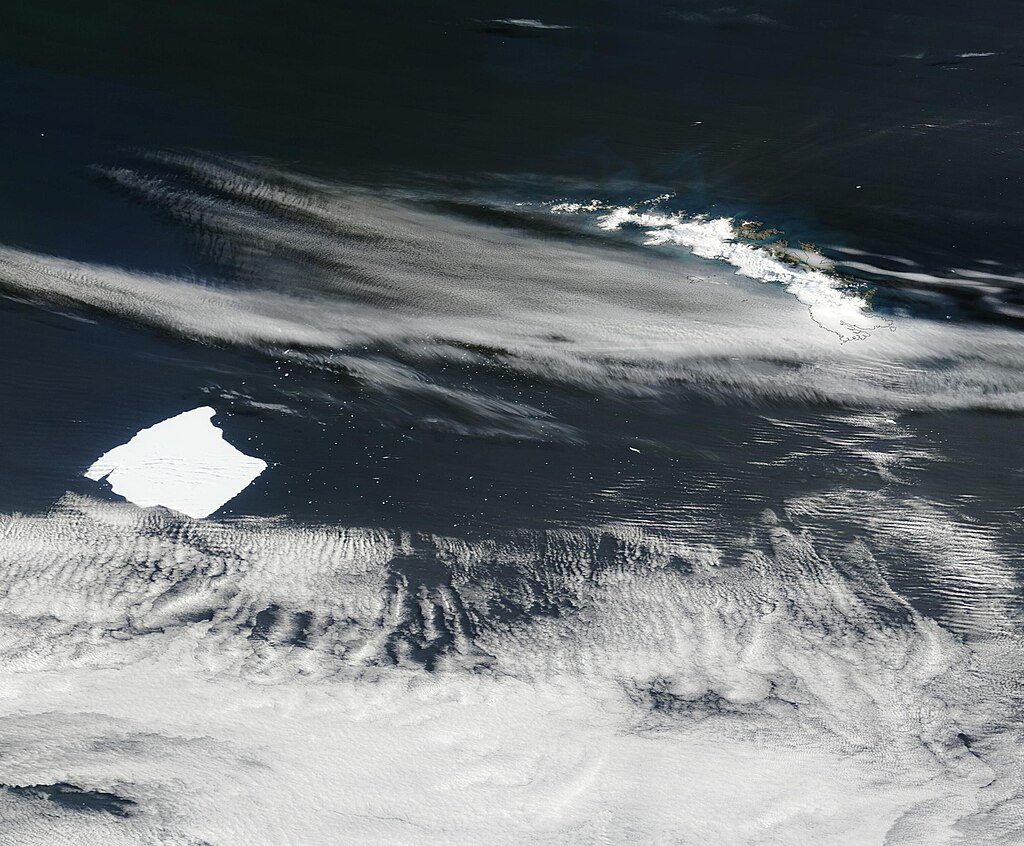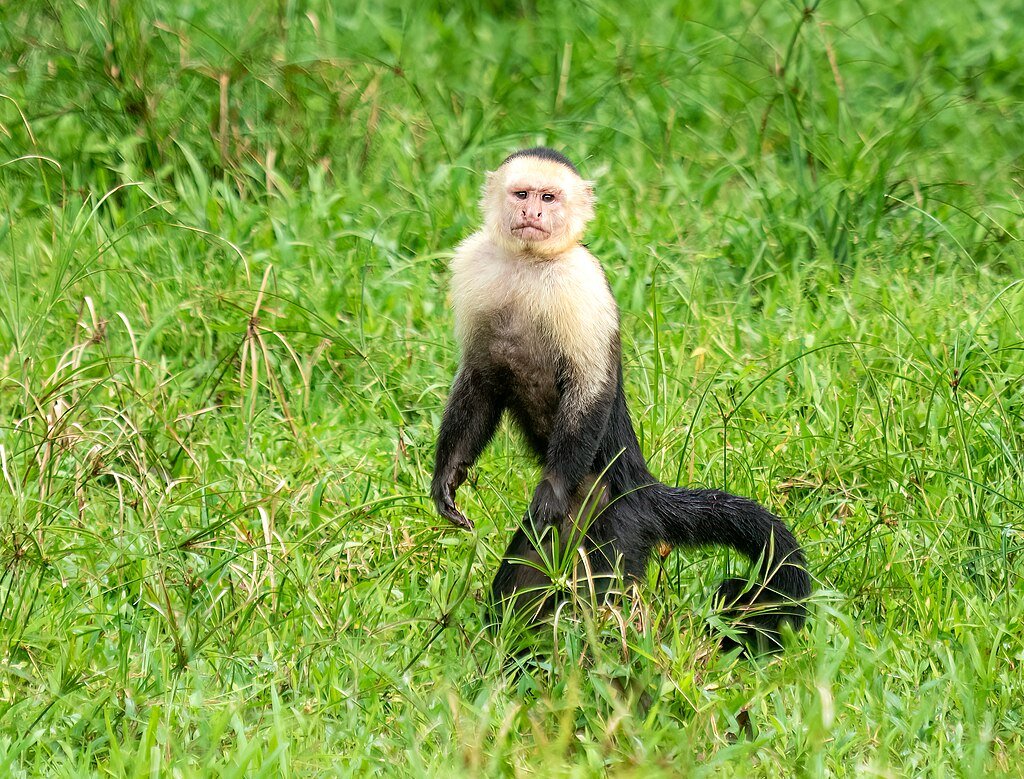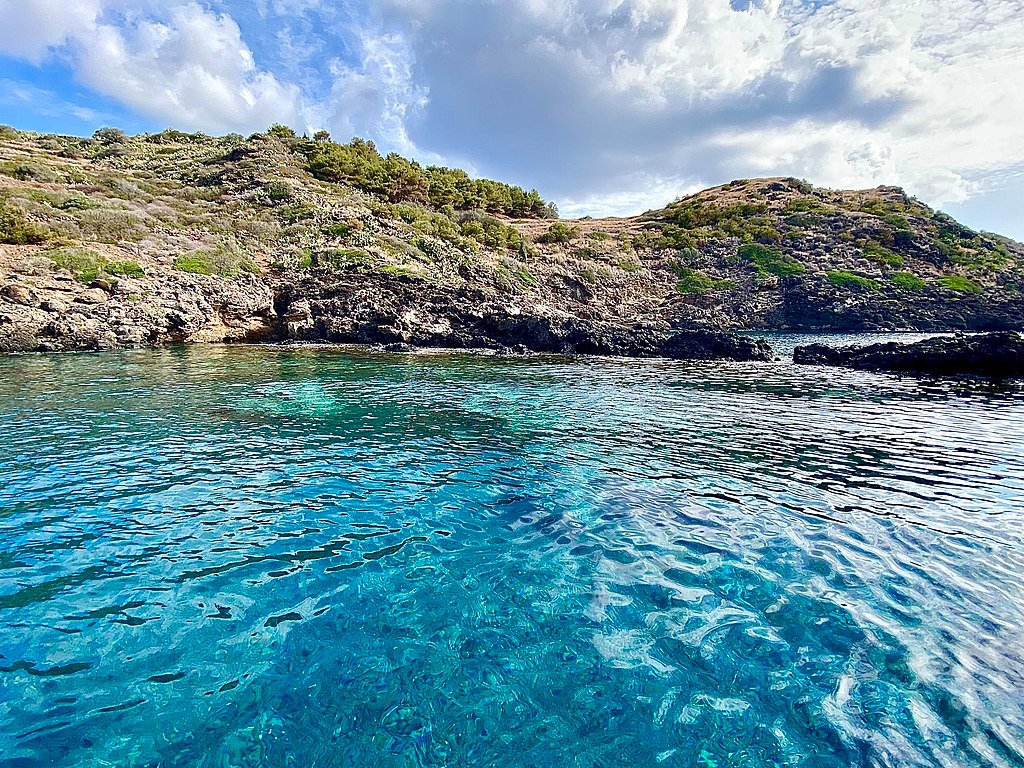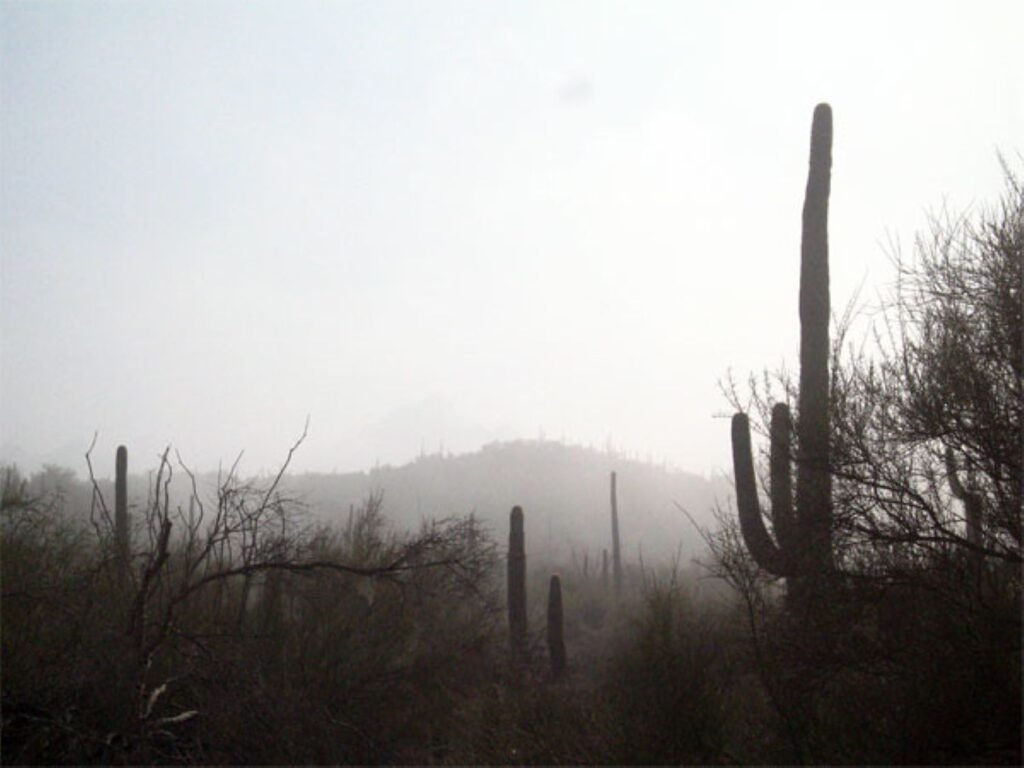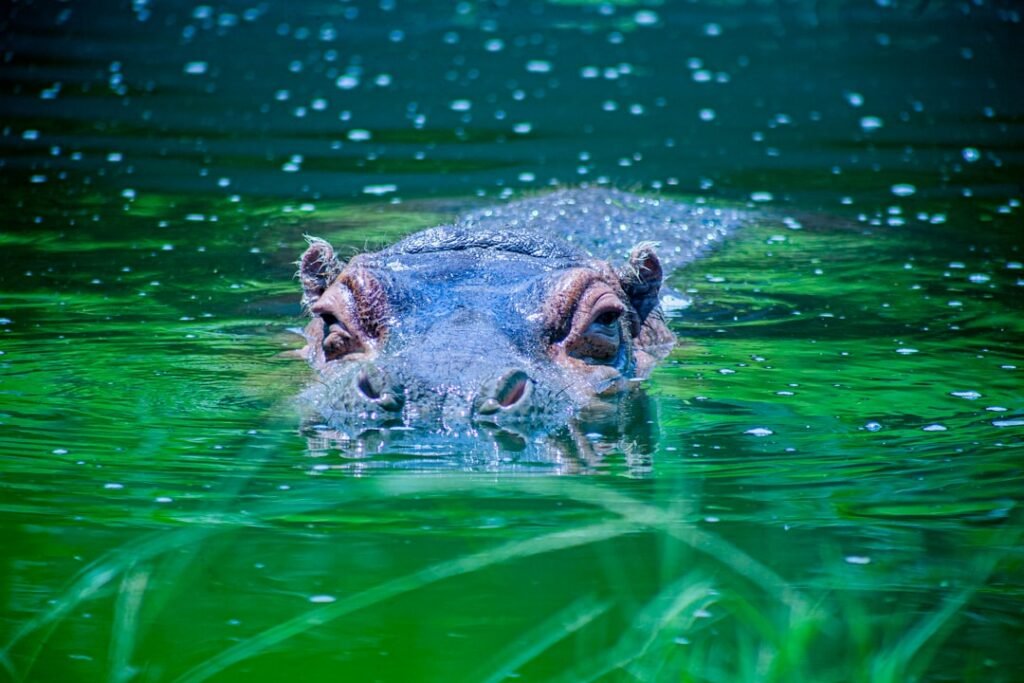Turtle Survived a Brutal Boat Strike But What the CT Scan Uncovered Was Even More Shocking
In a marvelous twist of fate, a gigantic 302-pound loggerhead sea turtle nicknamed Pennywise survived a horrific boat strike on the Atlantic side of Florida, only to reveal an astonishing secret during her medical examination. Because of her unusual size, veterinary equipment couldn’t be used on her, so she had an atypical CT scan at ...






